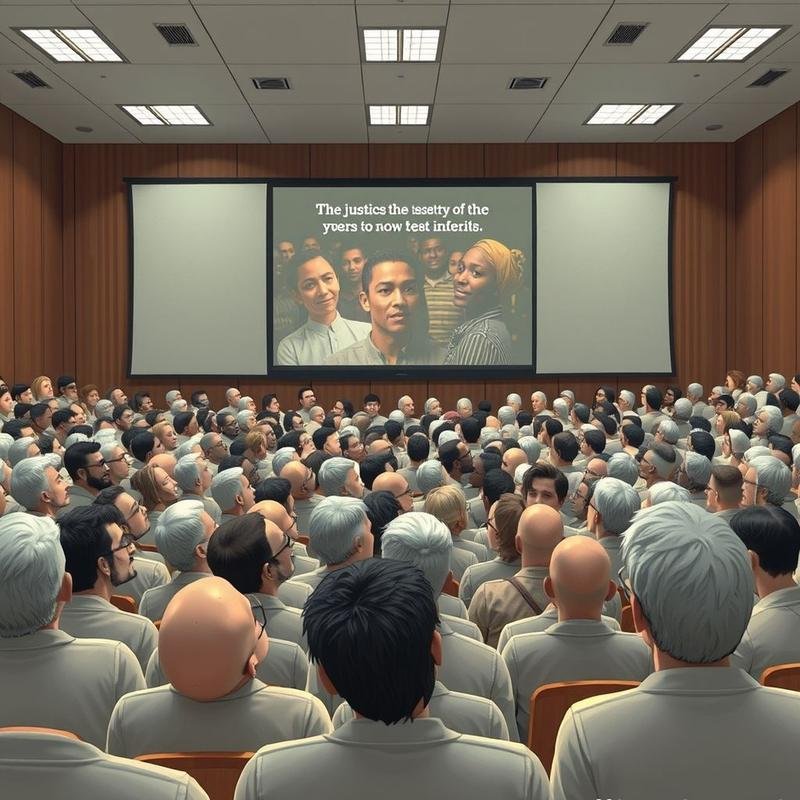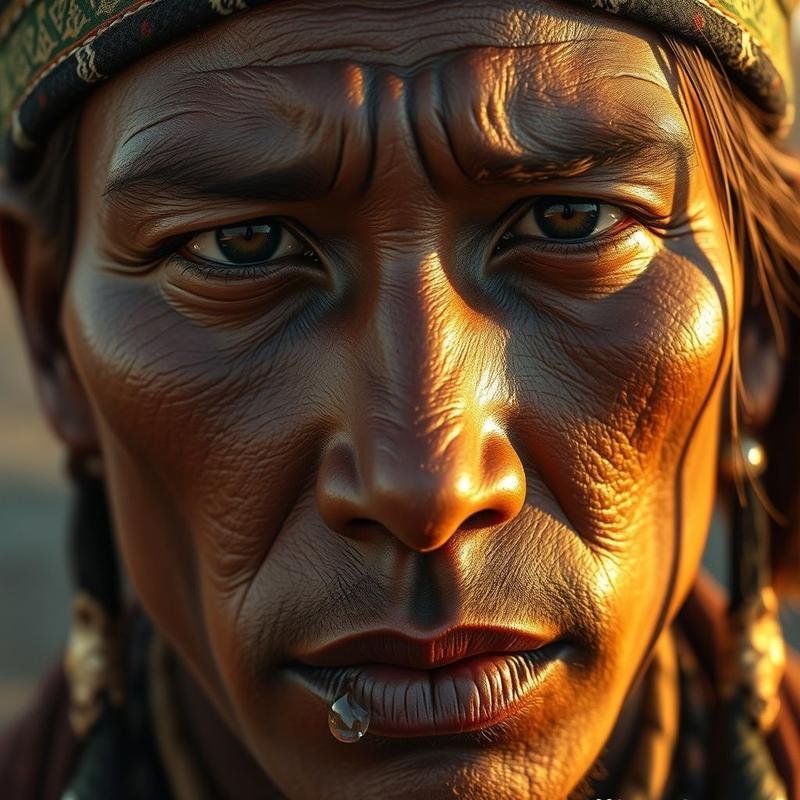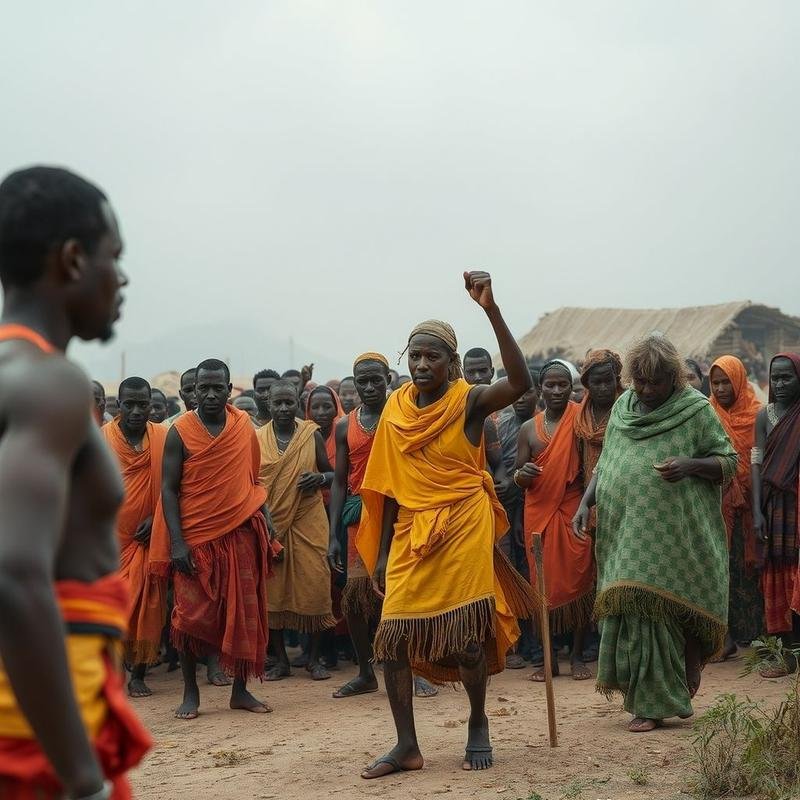Human Zoos: A Dark History or Well-Intentioned Endeavor?

Human Zoos: Exploitation or Education? A Dark History
World expositions, while celebrated for showcasing innovation and progress, also harbored a disturbing practice: human zoos. These exhibitions raise critical questions about whether they served as genuine cultural exchanges or constituted egregious acts of racial exploitation. This exploration will examine this controversial and painful era.
The Rise of Human Zoos
During the late 19th and early 20th centuries, human zoos became prevalent, featuring individuals from non-European cultures at international fairs and exhibitions. The purported aim was to offer insights into the lives of “primitive” populations. However, this practice was deeply rooted in prevailing theories of racial superiority.
Carl Hagenbeck and the Business of Display
Figures such as Carl Hagenbeck, a prominent wild animal trader, were instrumental in organizing these reprehensible displays. Individuals were forcibly removed from regions including Africa and Southeast Asia and exhibited in confined enclosures or artificial environments, often treated as mere livestock.
Justification and Impact
The justification for this abhorrent treatment rested on the ethically indefensible notion that these populations were less evolved, and their display served an educational purpose for the supposedly superior white public. The impact on these individuals was profound and devastating. They were forcibly displaced from their communities, compelled to perform demeaning, fabricated rituals, and subjected to public mockery and disdain. Little consideration was given to the detrimental effects of these exhibitions on the cultures and traditions of those displayed.
Legacy and Remembrance
As global awareness of human rights increased, these displays gradually declined. However, their legacy continues to inform contemporary forms of racial prejudice. The Paris Exposition of 1889 and the St. Louis World’s Fair of 1904 serve as poignant reminders of this abhorrent phenomenon.



Conclusion
Understanding this dark chapter of history is not merely an academic pursuit, but a critical imperative for comprehending the origins of racism and developing effective strategies to combat it. This examination will delve into this history to understand how the past shapes the present and how to prevent such atrocities from recurring.





